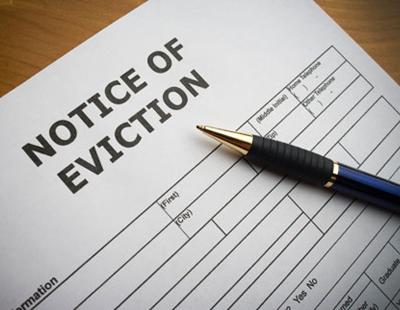I had the
most interesting chat with a mature couple (in their early/mid 50’s) from Bassett
the other day, whilst viewing one of our rental properties. The property wasn't for them, but their son, who wanted a second viewing with his parents to get
the parental blessing. Now I know that isn't the norm, but in this case the
parents were going to act as guarantor.
We got chatting about the Southampton
property market and how they had bought their first property in the city just
after they got married in the late 1980’s when they were in their early/mid
20’s. Anyway, we got chatting about how the youngsters of the UK seem to rent
more than buy nowadays and from that the conversation covered a number of
similar topics. I want to share the highlights of that conversation with you
today.
Their son,
like many 20 to 30 year olds in Southampton, desperately wants to own his own
property and the parents said he had read in the Telegraph recently, when you
compare house prices to earnings, the current 20 to 30 something’s generation
have to spend more of their salary in mortgage payments than any previous
generation. The demand for private rental sector accommodation in Southampton
is huge. There are in fact 25,247 private rental properties in Southampton at
the last count, impressive when you consider there are 16,707 council houses in
the city. However, let us not forget 54,550 properties are owner occupied (30,559
with a mortgage).
Let us all
be honest, private renting doesn't have the stigma it had a few decades ago and
it might surprise people that even though us Brit’s class ourselves as a nation
of home-owners, roll the clock back 100 years and over 75% of people rented
their own home (and it was all from private landlords as council housing only
started to come in with the ‘homes for hero’s’ after the first World War). It
might also surprise you to learn that at the time of the 1971 census, still
more people rented than owned their own home.
Looking at
the affordability issue, I have proved time and time again, it is in fact
cheaper to buy a property than rent, when one looks at starter homes for first
time buyers. 95% mortgages have been available to first time buyers for over
four years and whilst you could certainly find better properties in better
condition in better areas, terraced houses can be bought for as little as the early
£100,000’s in the Portswood area of Southampton (meaning a modest deposit of £5,000
would be required).
When it came
to affordability, I was able to tell them that when they bought their first
house in Southampton in 1988, the ratio of house prices to salary was 7.54 to 1
in Southampton ... and here was the surprise for both of us, today’s ratio is
only 6.53 to 1!
I said I believed
there had been a cultural attitude change towards renting property in Britain
and that this quiet revolution was likely to be permanent. In the 60’s, 70’s
and 80’s, saving for the deposit was everything and buying a house was
everything. Youngsters today have far much more disposal income today than
people had in the Callaghan and Thatcher years, but choose to spend it
upgrading their mobile phones every 12 months, the newest tablet or PC, a
newest 50” plasma LCD TV and two sun drenched holidays a year, than go without
and save for a deposit.
Yes, there
are horror stories of tenants living in rat infested properties with landlords
who charge massive rents and don’t repair their properties. But that is very
much the exception as most tenants rent homes of a quality they couldn't ever
to afford to buy. Twenty years ago, if you said you rented a property, you were
considered the lowest of the low ... but now it’s the norm.
So with mortgage
affordability being well within the bounds of most first time buyers, the level
of deposit required for a 95% being surprisingly modest (starting off at c.£5,000
in Southampton as mentioned above) until we change our attitudes, the UK housing
market is slowly but surely turning into a more European model, where people rent
for long periods of their life, then eventually inherit their parent’s
properties and subsequently become home-owners themselves, albeit later in life.
Hence, I cannot
see the demand for decent, high quality rental properties ever dropping in the
next 10 to 20 years, but only ever increasing as the population continues to
soar. Just make sure you buy the
right property, at the price, in the right location. And we are more than happy to help with those decisions.



